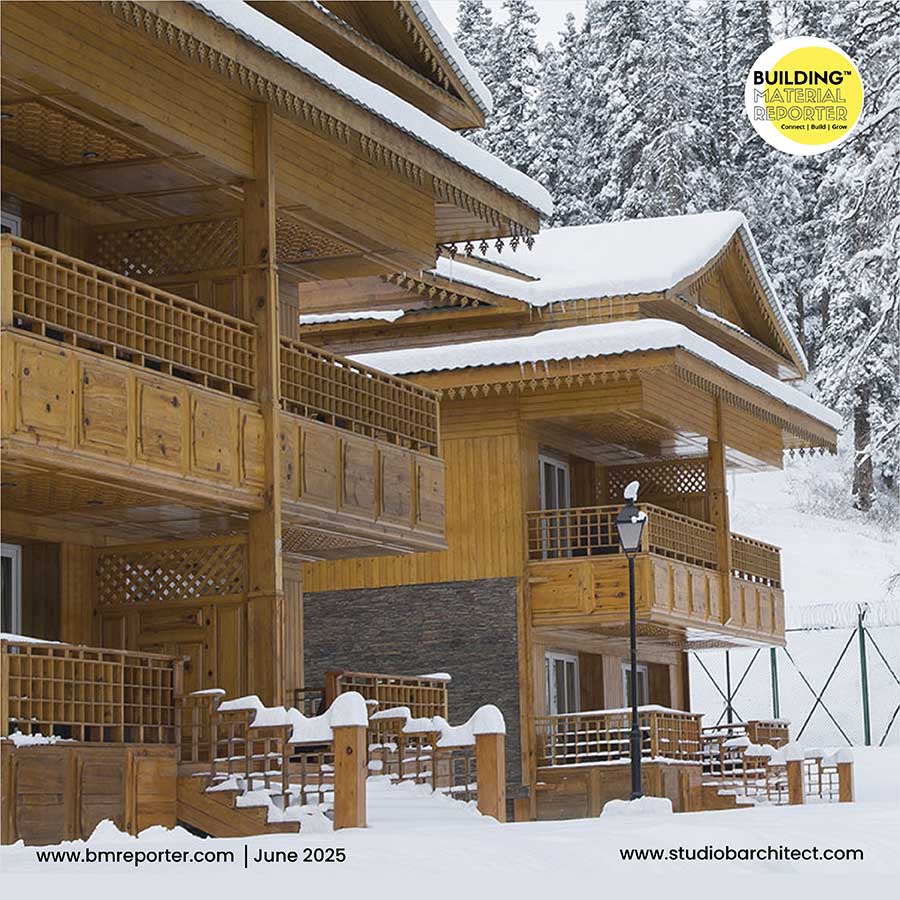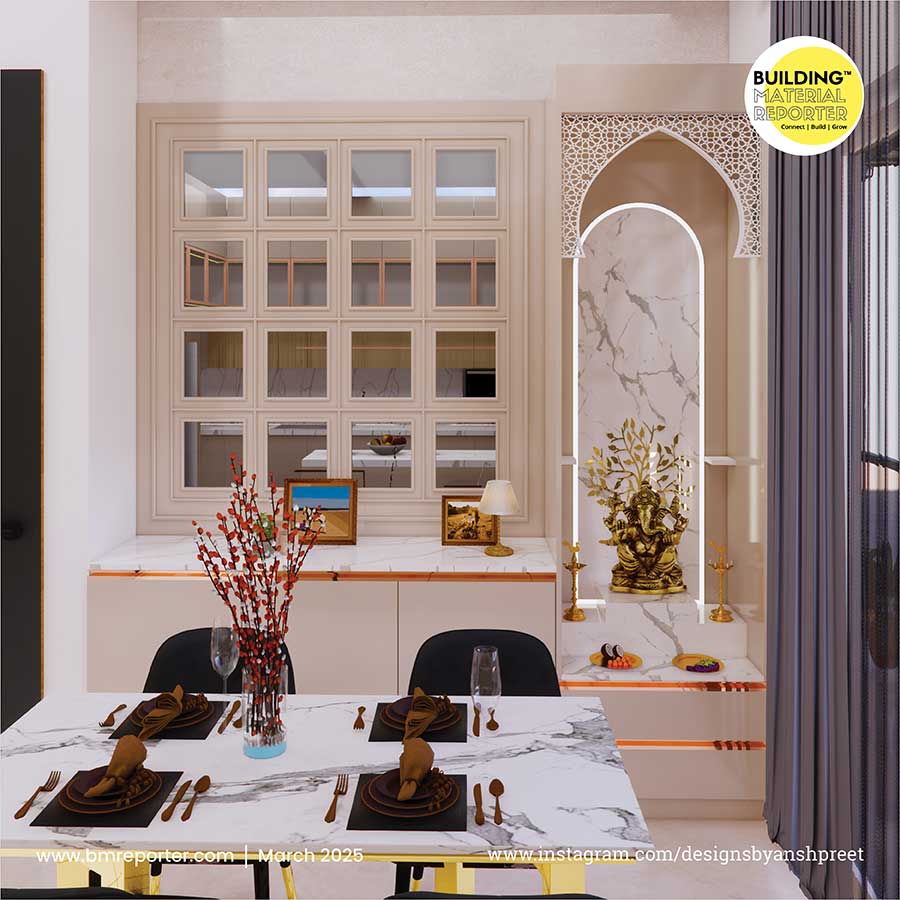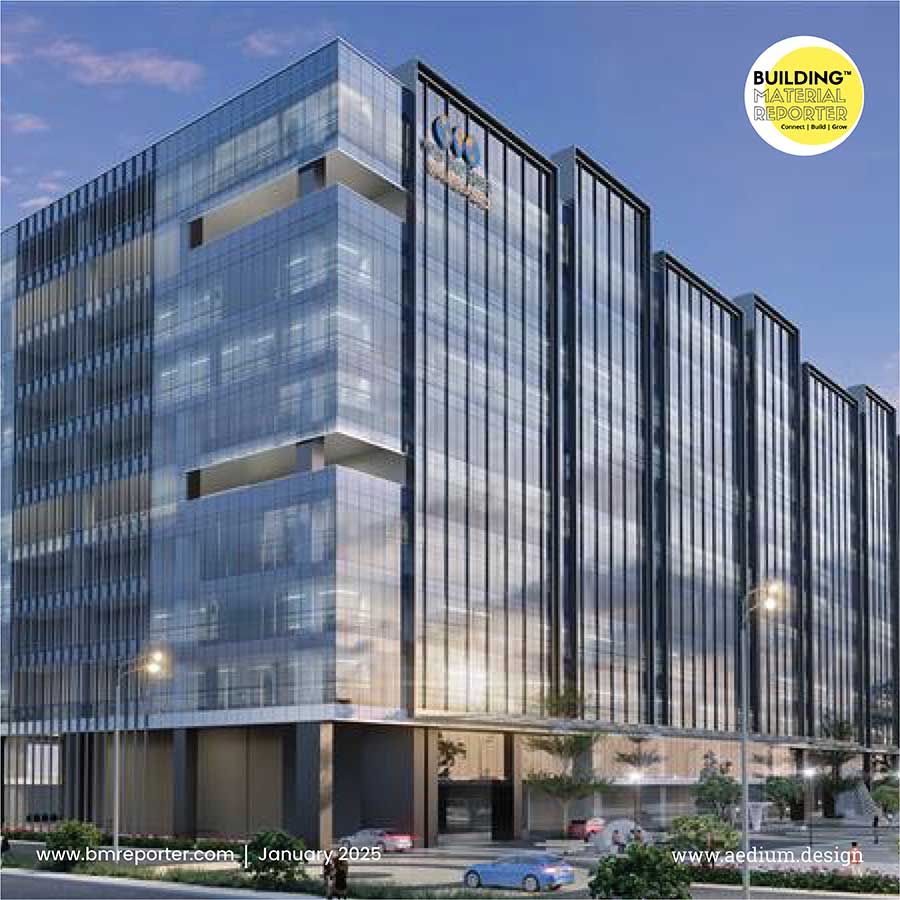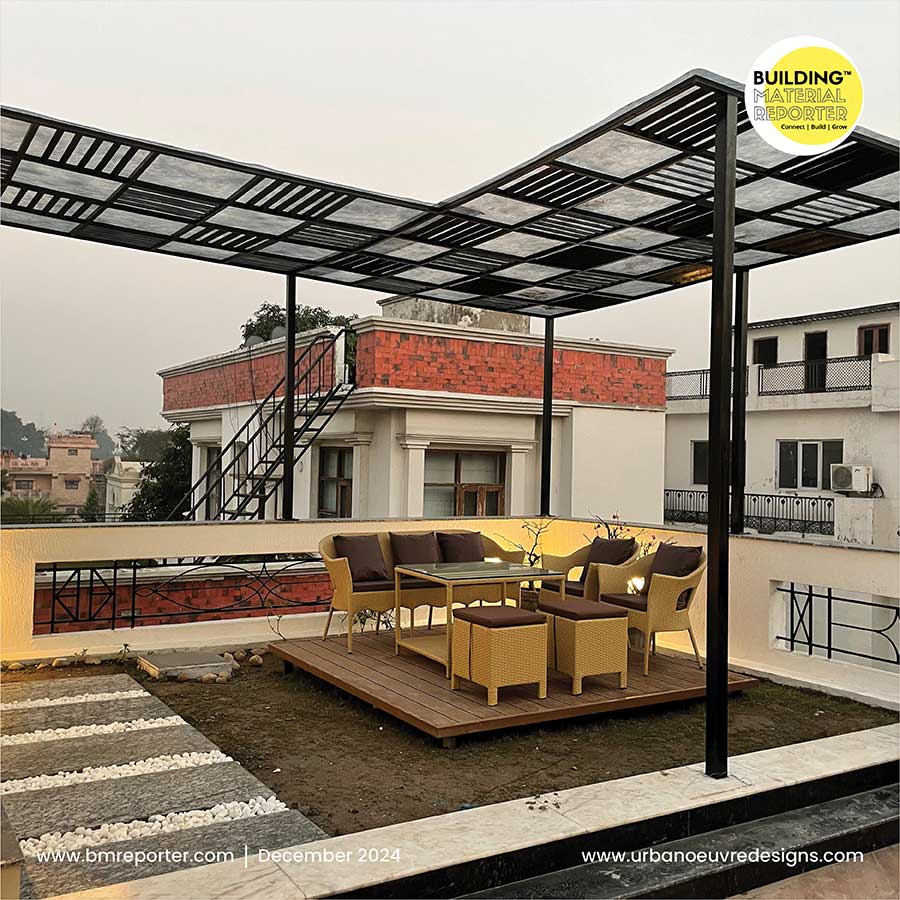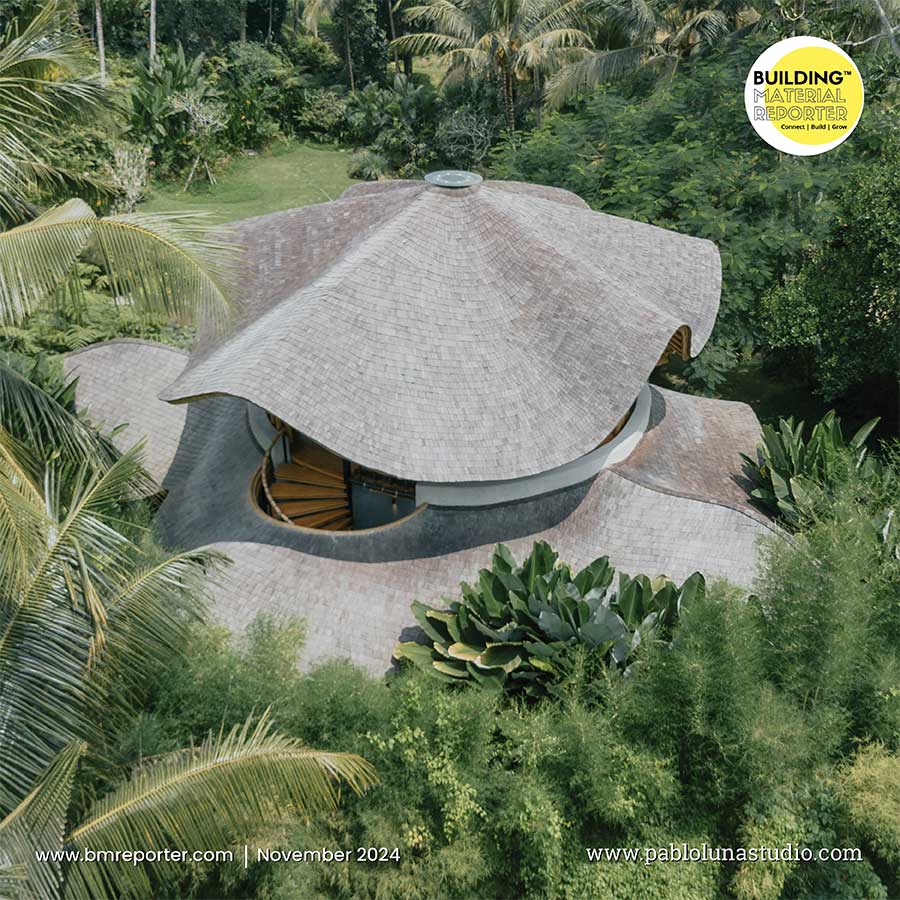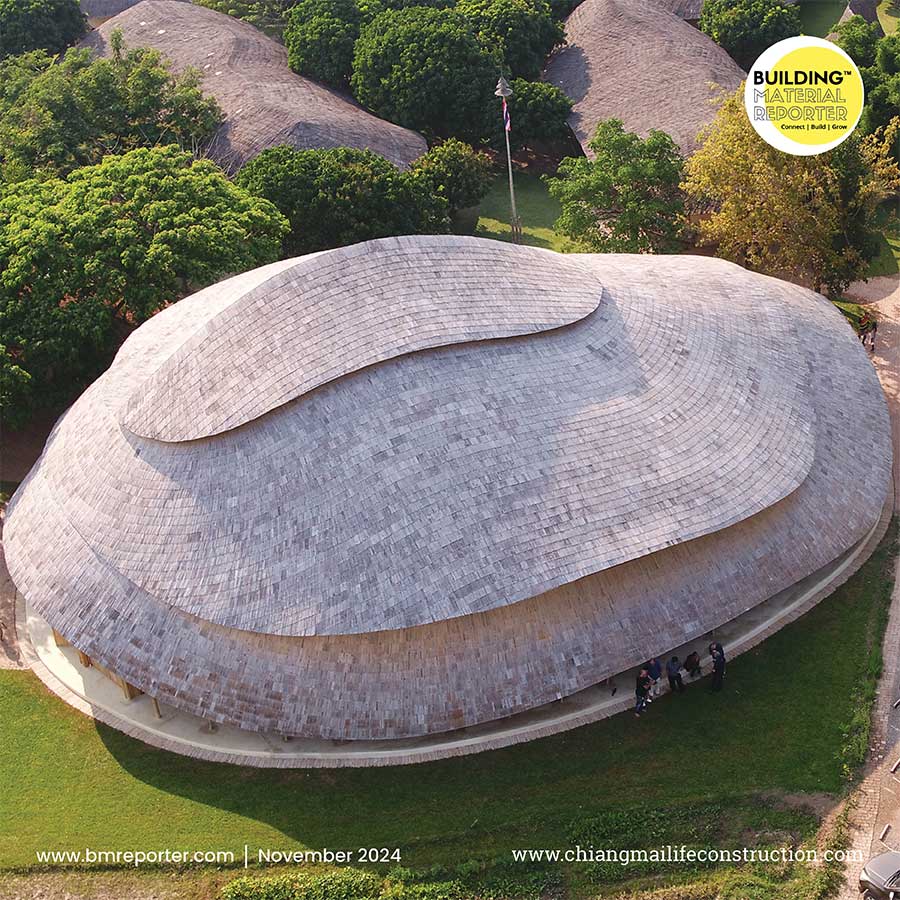Building a Greener Future with SHiFT Studio
- August 19, 2023
- By: Priyanshi Shah
- SUCCESS STORIES
 In this Building Material Reporter Interview focusing on a sustainable future, Ar. Priyanshi Shah unravels the journey that has led Ar. Sanjay Prakash and Ar. Mayank Mishra, SHiFT Studio to become a driving force in the architecture fraternity. From humble beginnings to remarkable achievements, we will gain valuable insights into the mindset, experiences, and strategies that have fueled their success. Ar. Sanjay Prakash and Ar. Mayank Mishra have not only witnessed the evolution of the architectural field but has actively shaped its trajectory through unique perspectives and innovative endeavours.
In this Building Material Reporter Interview focusing on a sustainable future, Ar. Priyanshi Shah unravels the journey that has led Ar. Sanjay Prakash and Ar. Mayank Mishra, SHiFT Studio to become a driving force in the architecture fraternity. From humble beginnings to remarkable achievements, we will gain valuable insights into the mindset, experiences, and strategies that have fueled their success. Ar. Sanjay Prakash and Ar. Mayank Mishra have not only witnessed the evolution of the architectural field but has actively shaped its trajectory through unique perspectives and innovative endeavours.
The purpose of SHiFt is to design buildings in an efficient manner, while also promoting sustainability and people's participation in the planning process. What other notions create this practice unique?
As building technologists, we are focused on design for the future. In other words, a future that is sustainable, regenerative, and efficient, not an extrapolation of the past with lots of consumption and waste. In addition to our innovative approach to architecture and project management, we take responsibility towards the environment, emission reductions, and equitability for workers, clients, and users.
How does the Studio practice's approach to design connect with your own?
Our studio practice principles offer a holistic framework to align our work with environmental and social values. By integrating such conscious materials selection, waste reduction, energy efficiency, and a commitment to community engagement, we contribute to a more sustainable and resilient creative industry. My co-director Mayank holds similar life views to my own. He is now in charge of the studio, so much so that I often rely on his knowledge of design and technology.
What does sustainability mean to you and why does it play a key role in your language of architecture?
In today's rapidly changing world, sustainability has become a critical consideration and sustainable practices have been recognized as a guide towards environmental responsibility and social responsibility. It plays a key role because I don’t see how the world can over consume its way out of the trouble that will arrive in this century. Sustainability entails four concepts that were not previously considered to be sustainable (due to our being overwhelmed by principles of "Green" passed down to us from over consuming societies):
Resilience (Will this withstand the long-term change? Climate change, economic conditions change? Is there built-in protection against these changes? What happens if Gurugram loses its high-tech industry to lower-paid Filipino or Chinese workers who can communicate in English as well as most educated Indians, or if AI takes it away?)
Sufficiency (How much is too much? Should we go 200 metres to find parking for a gas-guzzling car to acquire basic house supplies? Should we use a dryer when the sun is shining? Should we use more paper than is necessary while ignoring the trees that must be felled to suit our needs?)
Equity (Does the design exclude individuals (users, workers)? Is it because "poor" recyclers don’t receive their full part of the economy, allowing the "rich" to live in green luxury?)
Identity (Is the construct ours? Does it belong to us or is it an imported design based in – and therefore probably suited to – more affluent economies with a different climate?)
What have been the most exciting aspects of working with all these years of experience on your latest project?
I personally think the most interesting or rewarding experience has been working on a carbon-neutral project with earth walls and low energy roofs: Compressed earth blocks, rammed earth walls, and even poured earth experiments, as well as working with compression structures, such as arches, vaults, and domes I think our architecture shows a way. We have quite a few examples of projects that don’t harm the environment and are often deemed artistic at the same time.
Today's technology has created new opportunities and challenges for designers. How does this affect you as an architect?
To keep up with the times, we never lose sight of the resource base within which we all operate. Therefore, some technologies are accepted and integrated into our practice, while others are rejected.
Based on your experience on various scales of projects over the past several years, how has your practice evolved, in terms of design and technology?
I think, like most practices, we started small, with personal commissions based on personal contacts (small-scale projects) and have gone on to master planning of entire campuses (IIT Jodhpur, which gathered three exemplary GRIHA awards). Today, we know we can handle projects of any scale and complexity. In terms of technology, I think we have been opportunistic, taking what new information appears on the horizon. In terms of design, I believe we have innovated with a variety of forms and scales, each appropriate to its context.
How do you envision your future projects? Do you have any goals or dreams you'd like to accomplish?
Not many, I think my practice and I have achieved much of what we set out to do. However, I would like to write out my vision in an essay, and maybe write a textbook expanding the four additional principles of architecture above (in addition to Vitruvius’s three principles, who postulated that architecture should be firmitas – stable, strong, firm, steadfast, true, utilitas – useful, advantageous, and venustas – beautiful, charming, lovely, attractive, pretty).
Sanjay Prakash, B. Arch., F.I.I.A., is an architect committed to energy-conscious architecture, eco-friendly design, and people’s participation in planning, music and production design. Over the years, he has integrated all his work with the practice of new urbanism and sustainability in his professional and personal life. He is the Principal Consultant of his design firm, SHiFt: Studio for Habitat Futures Architects and Engineers Pvt. Ltd., and was a partner of DAAT and Studio Plus, firms that predate his present firm.
Mayank Mishra, B. Arch., A.I.I.A, is an architect with expertise in sustainable design, ecologically sensitive design, and collaborative design approaches. An alumnus of the prestigious Sir J.J. College of Architecture, Mayank naturally adopted the role of Principal Architect with SHiFt, a boutique collaborative practice working mainly in Sustainable Architecture. Being able to simultaneously lead the varied processes at SHiFt, Mayank works with the creative, research and analytical thinking tasks, exhibiting both leadership and managerial while maintaining his core role as a doer.


